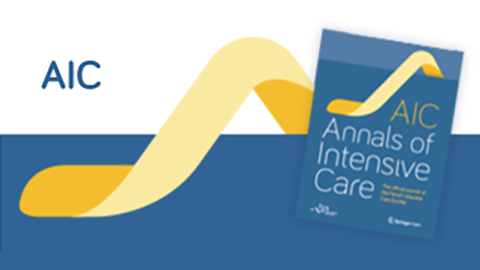12/02/2020


Source
Abstract
Background
In France, the incidence of severe imported malaria cases increased since early 2000. Artesunate was available (temporarily use authorization) since mid-2011 in France and commonly used for severe malaria since early 2013. Thus, the study objectives were to describe the patients with severe imported malaria admitted in intensive care unit (ICU) and assess the changes in clinical presentation and outcomes before and after this dateMethods
Retrospective observational single-center study in the infectious diseases ICU of a referral university hospital, conducted on patients admitted for severe imported malaria from 2004 to 2017. Demographic variables, severity scores, WHO’s severity criteria on admission, treatment, and ICU and hospital lengths of stay were collected. Patients’ characteristics and outcomes were compared between both periods. A poor outcome was defined as the composite endpoint of death, or requirement for vasopressors, invasive mechanical ventilation and/or renal replacement therapyResults
189 patients were included, 98 in 2004–2012 and 91 in 2013–2017, most often from West and Central African countries (96%). The number of WHO criteria for severe malaria was comparable in both groups, but SAPS II, SOFA and ICU length of stay were significantly higher in 2004–2012, while patients of African origin living in France were less frequent ( p < 0.01). The outcome was poor for 41/98 cases in 2004–2012 and 12/91 cases in 2013–2017 ( p < 0.01). The risk factors of poor outcome on the multivariate logistic regression were a neurological failure (adjusted odds ratio (adjOR = 3.23; 95% CI (1.03–10.08), p = 0.004), cardio-circulatory failure (adjOR = 9.92; 95% CI (2.34–42), p = <0.01) and creatinine blood levels > 265 µmol/L (adjOR = 10.76; 95% CI (3.17–36.53), p < 0.01). In the multivariate analysis, IV artesunate was not associated with a better outcome. Patients of African origin did not seem to have a better outcome than Caucasian patients or those from other origins (adjOR = 0.59; 95% CI (0.21–1.65), p = 0.31). Conclusion Patients with imported malaria admitted in ICU in 2013–2017 were less severely ill than those in 2004–2012. These trends could be partially explained by the increasing proportion of African patients visiting friends or relatives or living in endemic areas.Liens article
©2020 The Author(s)